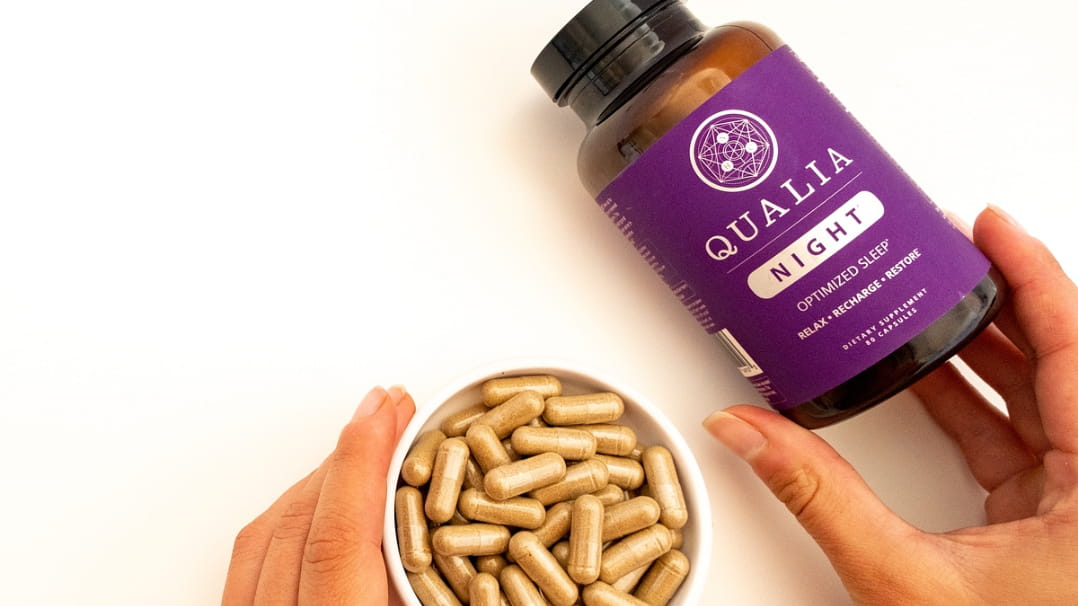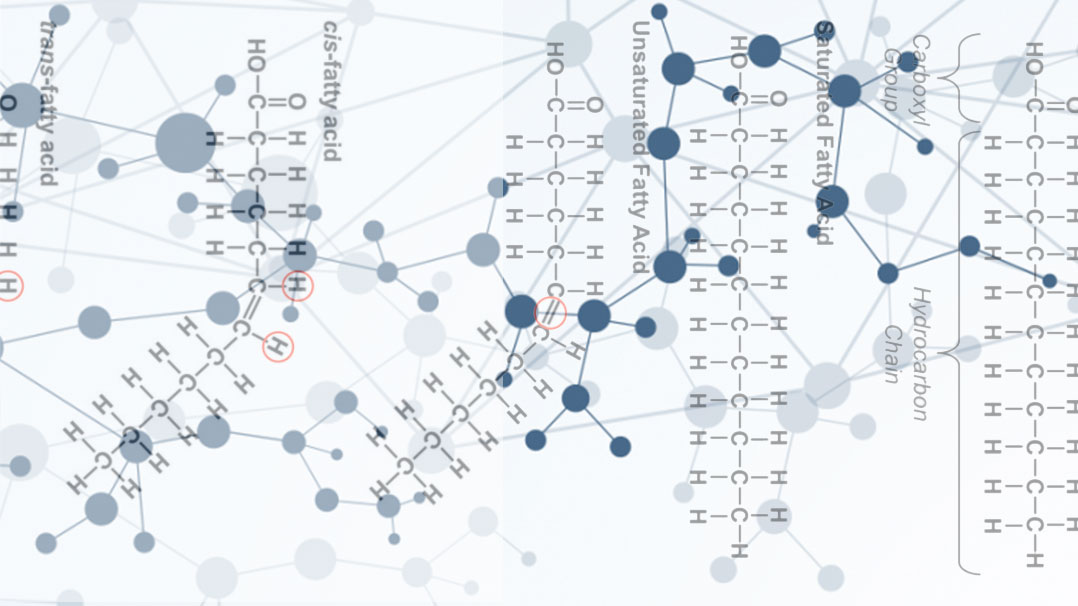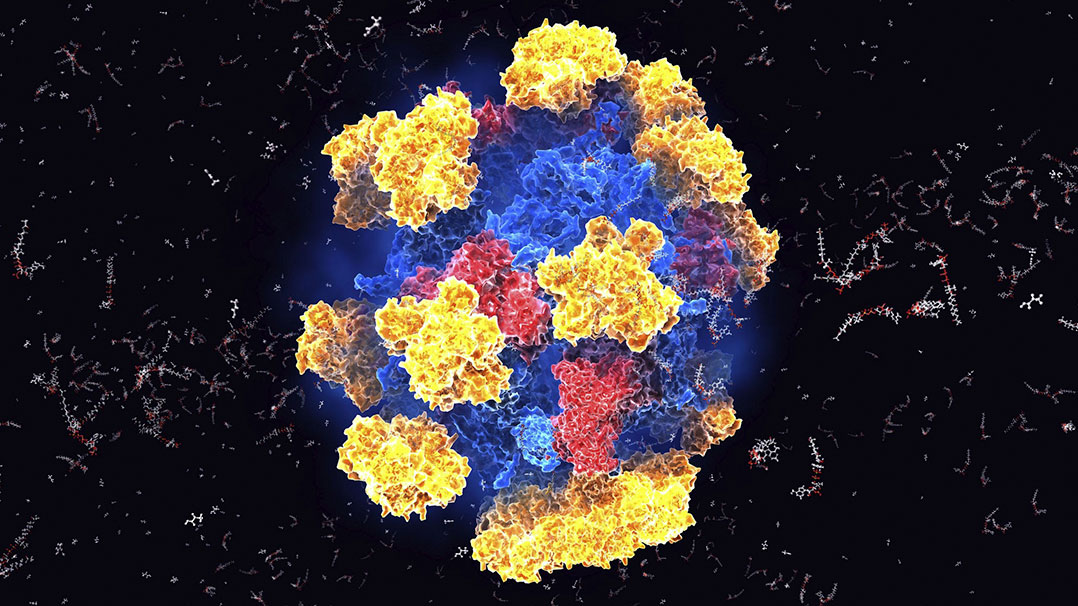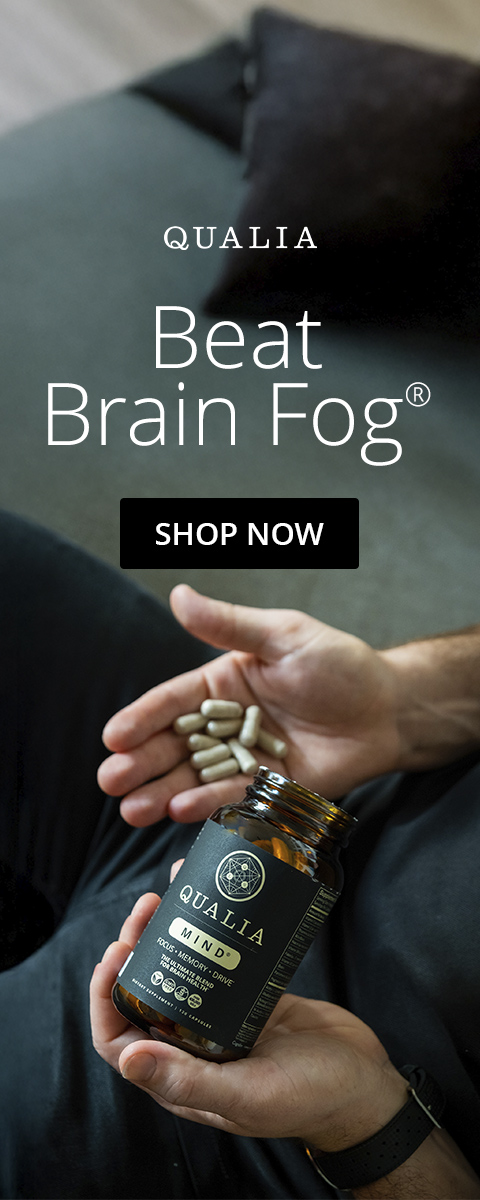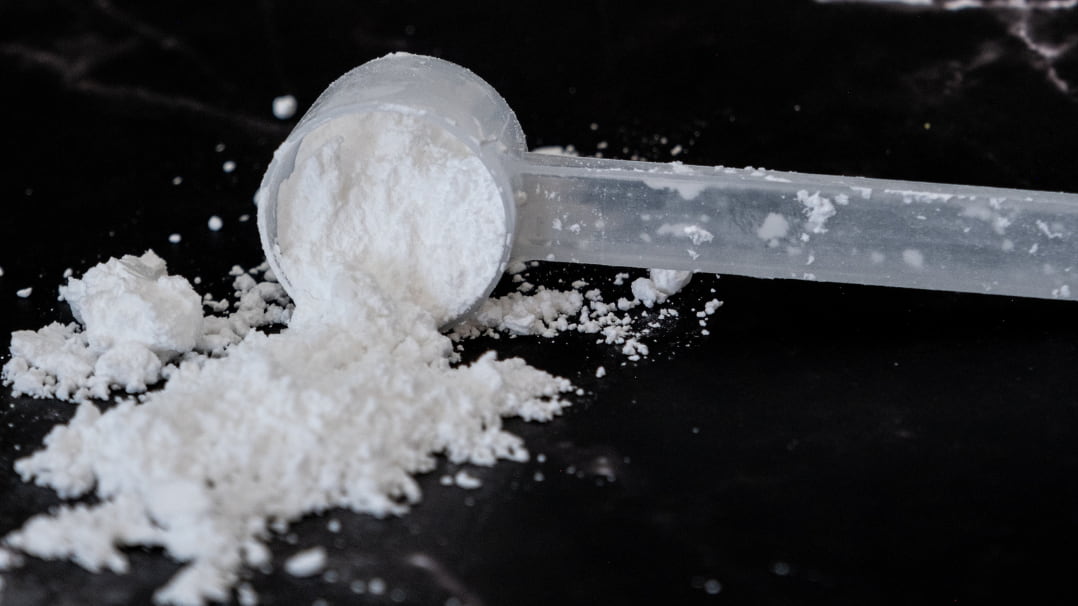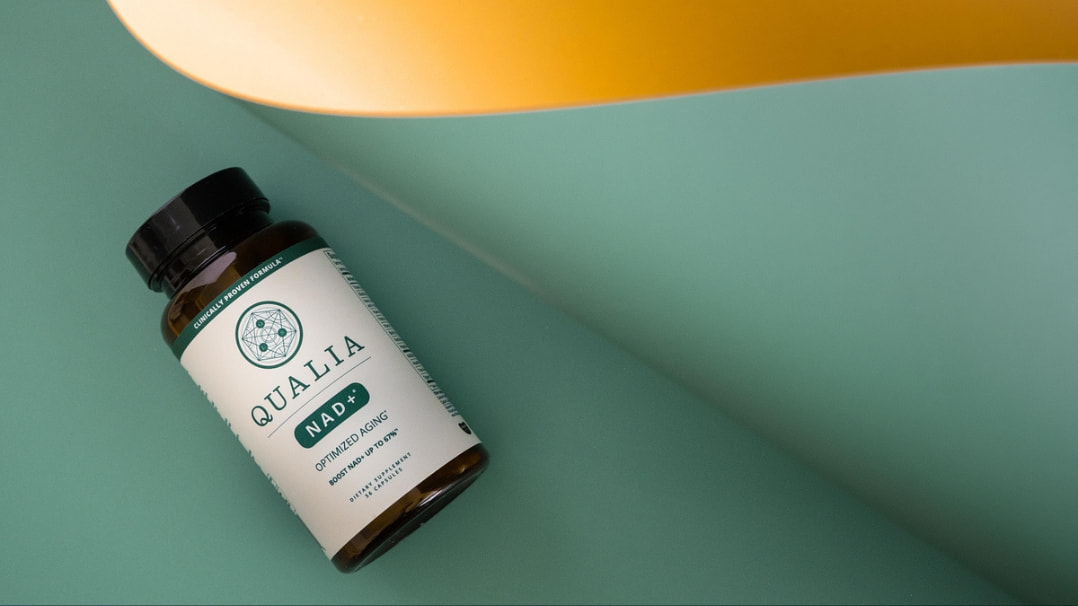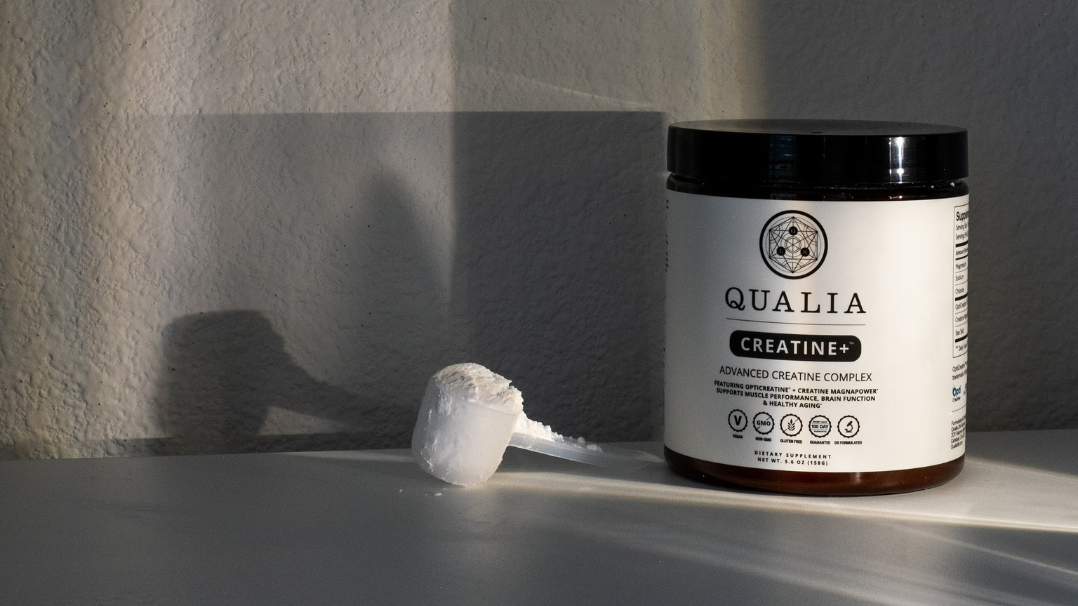We are joined by the innovator behind the Grounding Movement and CEO of Earth FX Inc., Clint Ober. He is known for the Earthing movie and the author of Earthing: The Most Important Health Discovery Ever. We dive into the benefits of grounding and how it can help the body relieve inflammation. We go over science around grounding the tools we can use to help us ground effectively.











